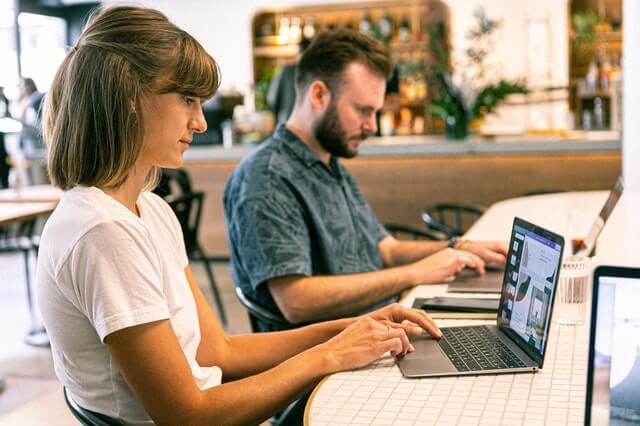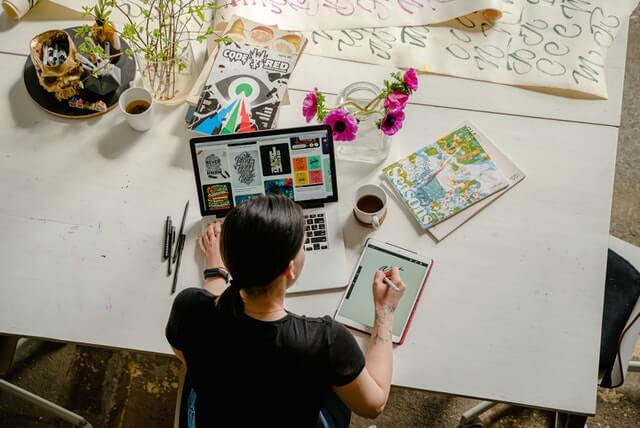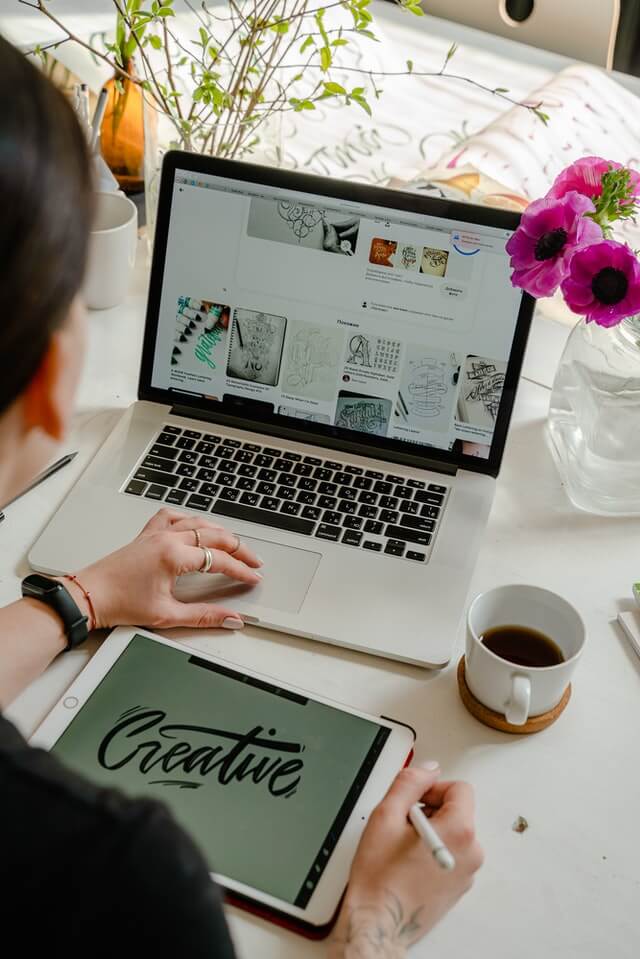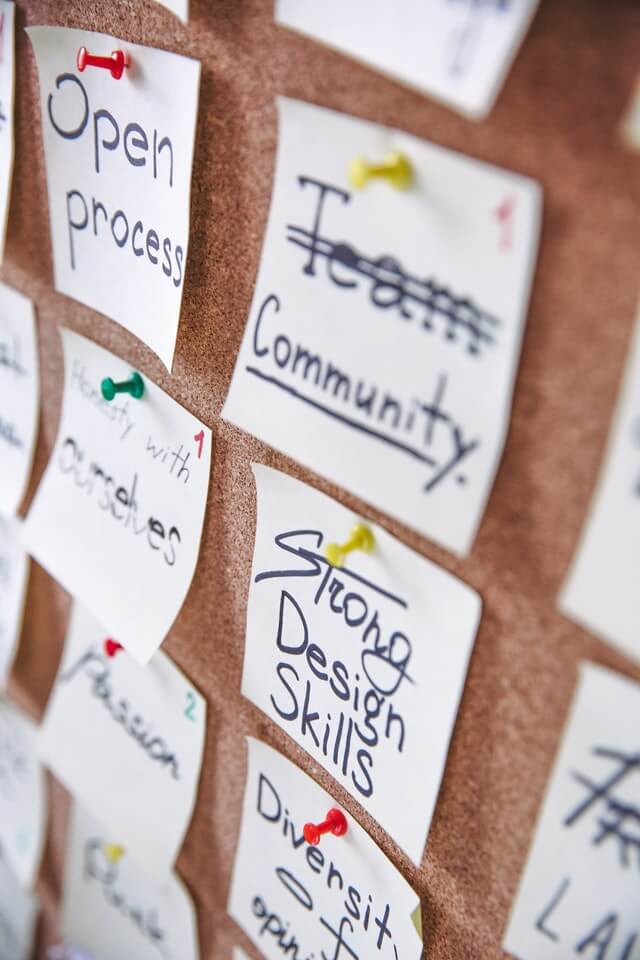Collaborative Design, as the name implies, is a method of design that incorporates feedback from a variety of sources. Graphic designers, researchers, developers, and others combine their skills to produce designs that are far more than just pleasing to the eye.
Collaborative design is when a group of people participates in the whole process of developing an asset, from brainstorming to assigning tasks to assigning team members.
It’s a multi-step process that includes planning and strategy, all of which focuses on feedback and is given in a collaborative manner. Consider Collaborative Design in the same way that you would any other planning strategy: it has a beginning, a middle, and an end. Nonetheless, using this method, each stage entails real-time evaluation and approval of the asset.
Following the completion of an abstract idea, teams collaborate to develop the intended result, with each phase differing from one team to the next and from one product to the next. Design collaboration may be thought of as a multi-step method for conceptualizing a design concept.
Any design process is multidimensional and complicated in and of itself. The marketing department initially develops a brief that comprises project specifics such as design dimensions, dates, valuable references, and so on, which the creative design team then reviews and accepts.

8 Ways to Make Collaboration Design Easier:
1. Conducting design research
Setting a goal for any creative design, such as what the Graphic Designer has to achieve, client needs, how you’ll convey it throughout the process, and what you want the end product to look like, should be the first step. It’s much easier to create a strategy around a design objective that you can clearly define. After that, you must consider all of your available resources, such as how many people are available to work on the creative design project, how much time you have, and how much money it will cost, before forming a strategy. Then, as soon as feasible, your team should begin to participate in the process, since it’s essential to get everyone on the same page as soon as possible.

2. Communication
You should take the time at the start of a project to adequately explain your communication requirements, adequately explaining your communication requirements. and make sure that each member of your creative design agency receives a copy.
With so many different personalities working in a single creative design agency, these principles can assist you to make sure that everyone is taking part in the discussion.

3. Use Right Kind of Tools
A poor-quality tool might be extremely disruptive when you’re attempting to work with several team members. To harmonies the working connection between your team members, you should employ the correct design collaboration tools. If you use the right tool, you’ll be able to achieve enhanced efficiency, improve the quality of your designs.
4. Encourage Frequent Updates
Because there are so many dependencies in Collaboration Design projects, they are generally difficult. Because there are so many interconnections, it’s vital that your team members meet on a regular basis and share updates. If there is some time constraint, you can always opt for daily stand-up meetings, which allow everyone to express their daily priorities and coordinate work.
5. Maintain Consistent Version Control
Creative designers will develop a large number of files during your collaborative design project, and you can’t afford to lose track of them. Everyone has to have access to the most recent version of your work. You should spend some time sharing version control guidelines with your team and keeping a close eye on whether or not they are being followed. Important elements such as where files are kept, when final versions are posted, and which file naming standards will be followed should all be outlined in your rules.
6. Accept reviews and feedback
Providing regular reviews and feedback sessions is the key to successful collaborative design. You must find the correct balance between allowing your team members to carry out their work while also reviewing their work on a frequent basis. You should make sure to explicitly establish your strategy to review and feedback from the start of your project. You should specify when and where they will occur, as well as the technologies you will employ to speed up the process. This can help you avoid being perplexed or frustrated.
7. Collaborate
Humans are by nature very sociable and cooperative creatures. It’s one of the main reasons why it feels so fantastic to cooperate with others and develop something beautiful over millions of years. Throughout the principles of design collaboration process, you should attempt to maintain that sense. It may keep your team members motivated and pleased, providing them with the energy they need to accomplish their best job.

8. Conduct internal design evaluations
Designing is a never-ending process. The creative designers in your team should not strive to pass an asset from the design stage to the development stage without receiving any feedback. Instead, as the design evolves, do internal assessments and figure out what is working and what is not, whether the design is appropriate for your objectives and client’s goals or whether there are any issues in the design.
Internal design evaluations must engage a large number of individuals. While one designer may think the piece is excellent after working on it for a week, a fresh pair of eyes can immediately notice pixel or color palette issues. Before returning a design to a customer for approval, it’s also a good idea to listen to any negative input and resolve any issues. If your team solves difficulties before a client sees a design, it will not only improve the design’s chances of meeting their vision, but it will also speed up the approval process.
Conclusion
Collaborative design increases efficiency by allowing your team to work collaboratively and speeding up the feedback and testing process. The early steps of the process guarantee that everyone is on the same page, while the latter stages allow each individual working on a design to provide input before it is delivered to your customer.
Using a collaborative design approach, on the other hand, instills something deeper in a team. It allows everyone to participate and experience a feeling of ownership over the products they work on. And that’s critical not only for your work’s quality, but also for your team’s general cohesiveness.
Some other Posts you might be interested in.
Crafting Teasers for Elias On Time, Every Time with QuickReviewer
Streamline Creative Design with QuickReviewer for Your Video Game Launch
Crafting the Perfect Game Intro with QuickReviewer: Elias’ Story
How I Used QuickReviewer to Publish an Amazing Intro Video for My Game Character Elias
How I Used QuickReviewer to Quickly Bring My Game Character and His Story to Life
Know how I used QuickReviewer to streamline the creative process of building my game character and crafting his story.
Why Is QuickReviewer the Perfect Collaborative Tool for Game Designers
Game design is a highly collaborative process that requires seamless communication, efficient feedback loops, and a shared vision among team members. As games become more complex, involving diverse teams with varying expertise, the need for effective collaboration...
Review and Approval Magic Part 3: A New Website for the New Year
A Fresh Start: New Year, New Website As the calendar flips to 2025, many businesses take the opportunity to rebrand, refresh, or launch a brand-new website. A new website represents a fresh start – a chance to improve user experience, showcase modern design, and...
Lights, Camera, Festivity – Part 2 – Video Content for the Holidays
As the festive season unfolds, video content takes centre stage in holiday marketing. From warm Christmas messages to dazzling New Year campaigns, video is an essential medium for engaging audiences and capturing the season's magic. However, producing polished video...







